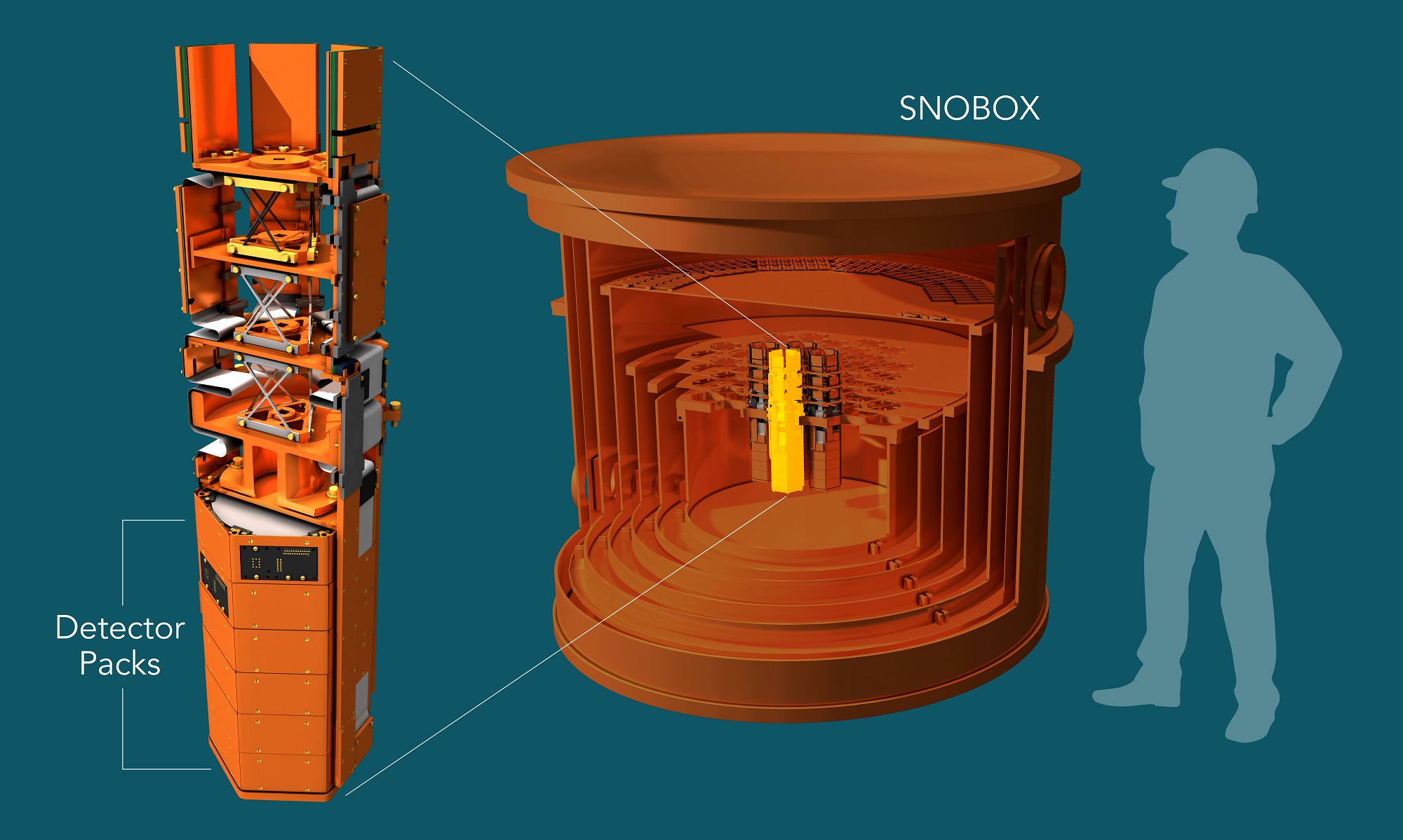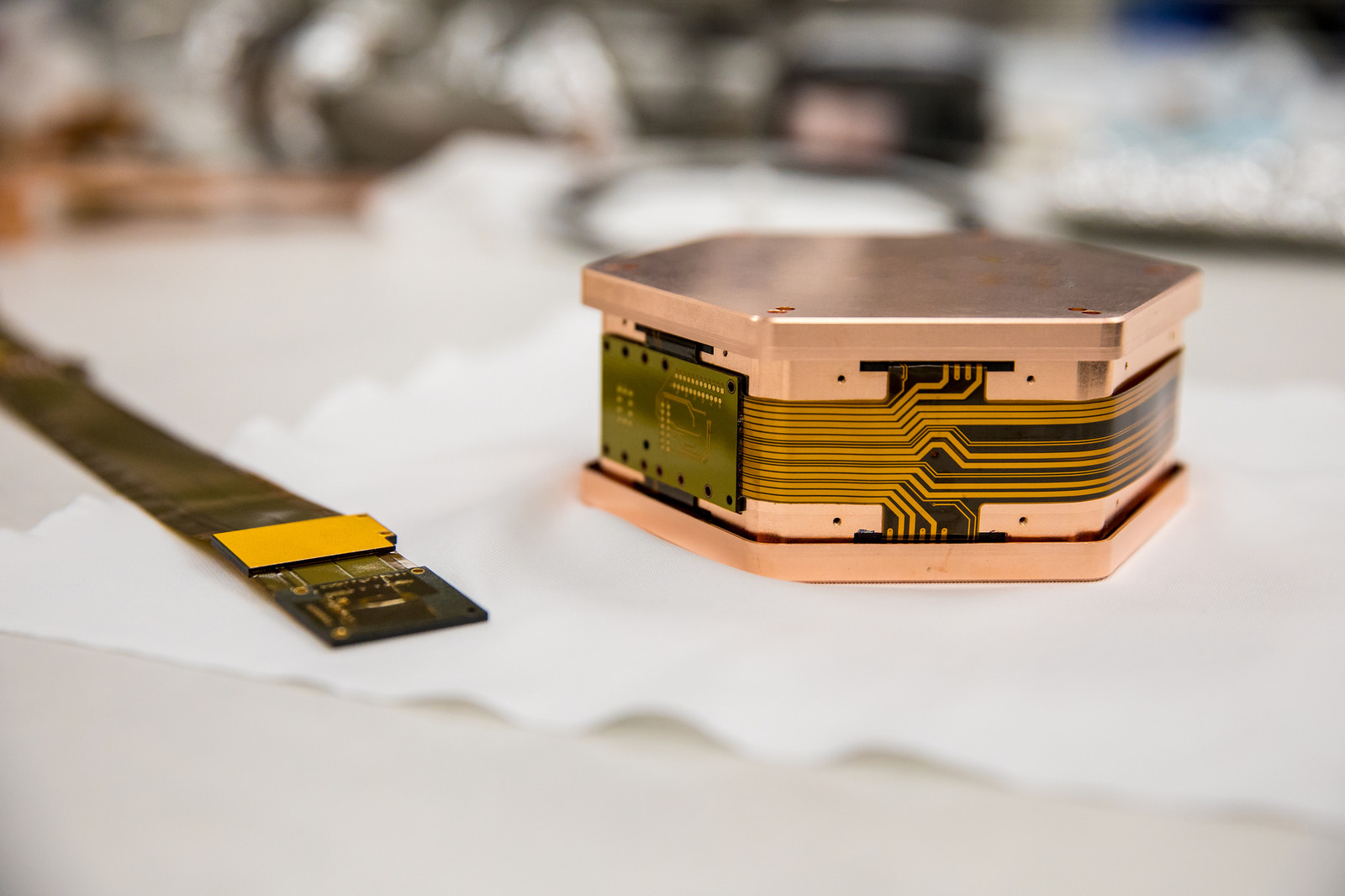The DOE’s SLAC National Accelerator Laboratory is managing the construction project for the international SuperCDMS collaboration of 111 members from 26 institutions, which is preparing to do research with the experiment. “Understanding dark matter is one of the hottest research topics – at SLAC and around the world,” said JoAnne Hewett, head of SLAC’s Fundamental Physics Directorate and the lab’s chief research officer. “We're excited to lead the project and work with our partners to build this next-generation dark matter experiment.” With the DOE approvals, known as Critical Decisions 2 and 3, the researchers can now build the experiment. The DOE Office of Science will contribute $19 million to the effort, joining forces with the National Science Foundation ($12 million) and the Canada Foundation for Innovation ($3 million). “Our experiment will be the world’s most sensitive for relatively light WIMPs – in a mass range from a fraction of the proton mass to about 10 proton masses,” said Richard Partridge, head of the SuperCDMS group at the Kavli Institute for Particle Astrophysics and Cosmology (KIPAC), a joint institute of SLAC and Stanford University. “This unparalleled sensitivity will create exciting opportunities to explore new territory in dark matter research” excitingopportunities to explore new territory in dark matter research. 
Fig.The centerpiece of the SuperCDMS SNOLAB experiment will be four detector towers (left), each containing six detector packs. The towers will be mounted inside the SNOBOX (right), a vessel in which the detector packs will be cooled to almost absolute zero temperature. (Greg Stewart/SLAC National Accelerator Laboratory) 
Slideshow of SuperCDMS SNOLAB photos. For more images, visit the SuperCDMS SNOLAB photostream on Flickr. For more information on the SuperCDMS SNOLAB project and the SuperCDMS collaboration, check out this website:https://www6.slac.stanford.edu/news/2018-05-07-construction-begins-one-worlds-most-sensitive-dark-matter-experiments.aspx |
